English

Colors of Cannabis – Part of the magic of cannabis is the infinite variety of characteristics that a single varieties of plant can exhibit. Cannabis plants can be tall and slender or short and lush, depending on their genetic origin. Cannabis can have a myriad of flavours to tempt the taste buds and aromas to excite the nose. Cannabis leaves and flowers can also vary in shade, offering a variety of cannabis colours to please.
When the young plants are growing, most cannabis varieties are primarily green. Many shades of green are represented – from light lime green shades to greens so dark that they are tinged with purple. As the plants flower and begin to reach maturity, more colours can appear or become more prominent in both the leaves and buds. Several different factors can affect cannabis colours, including temperature, nutrient levels, the acidity or alkalinity of the soil or other substrate and the quality of light. All of these variables can affect the expression and ratio of natural pigments produced by the plant, creating different cannabis colours.
Colors of cannabis
Colors of cannabis – Greens
Green is the dominant colour of most flowering plants, including cannabis, due to the presence of chlorophyll, a pigment that absorbs sunlight (except in green wavelengths) to fuel the process of photosynthesis. Through photosynthesis, plants combine carbon dioxide and water to create sugars that fuel all biological functions. Often plant tissues have so much chlorophyll that its green colour masks the presence of other pigments. But as summer turns to autumn, lower temperatures inhibit the production of chlorophyll, allowing other pigments to emerge and produce colourful cannabis. A similar phenomenon can be observed in deciduous trees when their leaves change colour and fall.
Colors of cannabis – Blues, Purples, Reds, and Pinks
Hemp flowers, which are purple to shades of blue, tend to be high in a group of chemical compounds known as anthocyanins. More than 500 anthocyanins have been identified and their colours can range from red through purple to blue depending on the pH. Anthocyanins can produce colourful cannabis, although they are not usually abundant in young plants, but are produced as the plants mature. They belong to a class of substances known as flavonoids and have antioxidant properties. Fruits and vegetables high in anthocyanins include blueberries, acai, raspberries, blackberries, aubergine and purple cabbage.
Purple cannabis varieties are very popular, including Granddaddy Purple, Purple Haze and Purple Urkle. Some varieties such as Black Diesel and Vietnamese Black can be so high in anthocyanins that they are almost ebony. Cannabis varieties with blue bud tones include Blueberry, Blue Dream and Blue Cheese. Red and pink varieties are relatively rare and include Red Poison, Red Dragon, Pink Panther and others. Reddish leaves or buds can also be caused by a deficiency of phosphorus, an element essential for plant physiology.
Colors of cannabis – Oranges and Yellows
Carotenoids are another group of pigments that can affect the colours of cannabis. They are formed by plants, algae and photosynthesising bacteria. Beta-carotene, lycopene, lutein and zeaxanthin are among more than 750 carotenoids have been identified. Some dietary carotenoids, including beta-carotene, alpha-carotene and beta-cryptoxanthin, can be converted by the body into vitamin A. Carotenoids are important for eye health and provide protection against blue light and macular degeneration. Carotenoids produce yellow, orange and red shades, which can be found in many plants, including carrots, squash, sweet potatoes, pumpkins and tomatoes. Plants grown in alkaline soils with a pH of 5.0 or less may have a higher abundance of carotenoids.
Many flavonoids are also yellow and can affect the colours of cannabis. Nitrogen deficiencies during growth can also cause cannabis leaves and to appear yellowish.
Colors of cannabis – White
Flowers that have been grown and harvested to their maximum potential may be so covered with trichomes that they appear white or frosty. Trichomes are full of cannabinoids and terpenes, so these flowers can be quite potent. White Widow and White Rhino are two varieties prone to trichome coverage.
Colors of cannabis – Power
Coloured cannabis can be attractive and even visually stunning, but apart from the white flowers glistening with trichomes, colour is not usually a reliable indicator of potency. However, if you consume cannabis orally in the form of tinctures, oils, ready-made edibles or capsules, you can get the nutritional benefits of carotenoids, anthocyanins and other flavonoids. Anthocyanins show some activity at CB1 and CB2 receptors and, when combined with cannabinoids and terpenes, can have a synergistic or additive effect.
If you decide to grow your own cannabis plants, always buy good quality, fresh cannabis seeds. You can check out seeds from Nukaseeds.
Published by Blood
30/01/2023choose and buy cannabis seeds from our offer
our pleasure
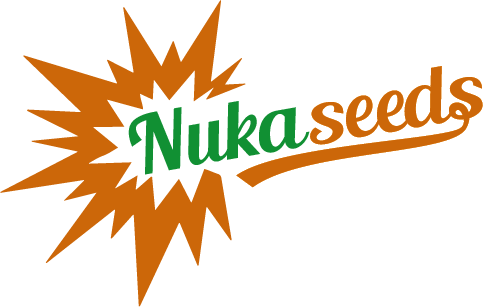














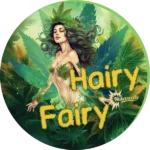


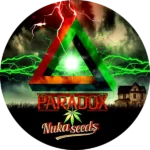




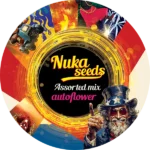
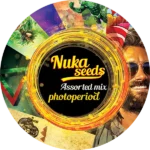



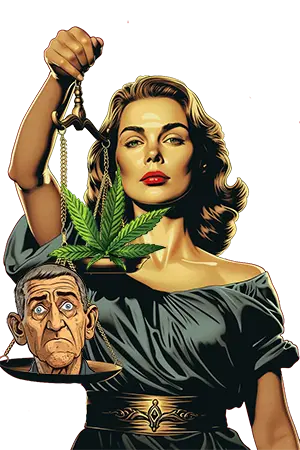
I am absolutely fascinated by the colours of hemp, that’s why I like to experiment with hemp and try new models